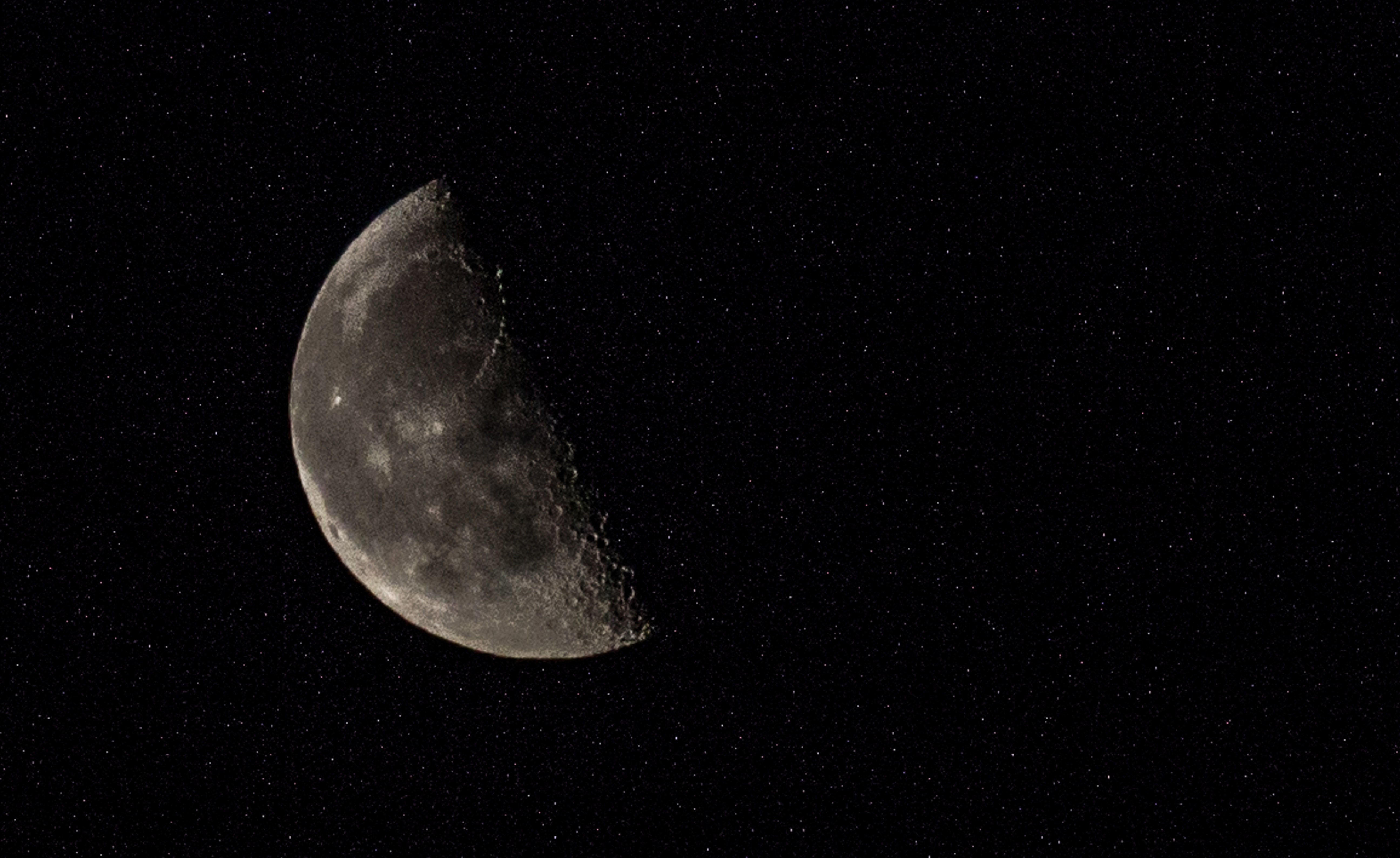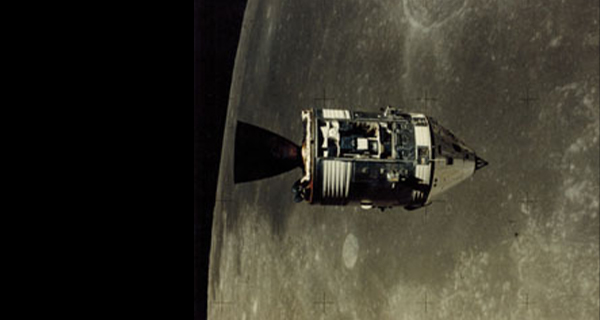50 years ago, the Apollo 11 mission landed astronauts on the Moon for the first time. Boeing was an integral part of the team that got them there, including leading roles on its predecessor programs, Mercury and Gemini.
NASA turned to Boeing for help with every aspect of the Apollo program, from the launchpad to the Moon and everywhere in between.
Boeing led the development of the first stage of the massive Saturn V rocket, which remains the largest rocket ever launched. The first stage generated 7.5 million pounds of thrust to get the Apollo astronauts to the edge of space.
Boeing also spearheaded the lunar orbiter missions, robotic spacecraft that helped to identify the safest sites on the Moon for landing American astronauts and equipment. These orbiters provided unprecedented scientific data that informed all final preparations for the historic Apollo 11 landing.
That’s not all. Boeing even helped develop the lunar rover, which was the first electric car in space and changed how humans traveled on the Moon.
The lunar rover was only available for the final three missions to the Moon, but it allowed the Apollo 15 astronauts to go farther on the Moon than all other moon-walkers combined.

